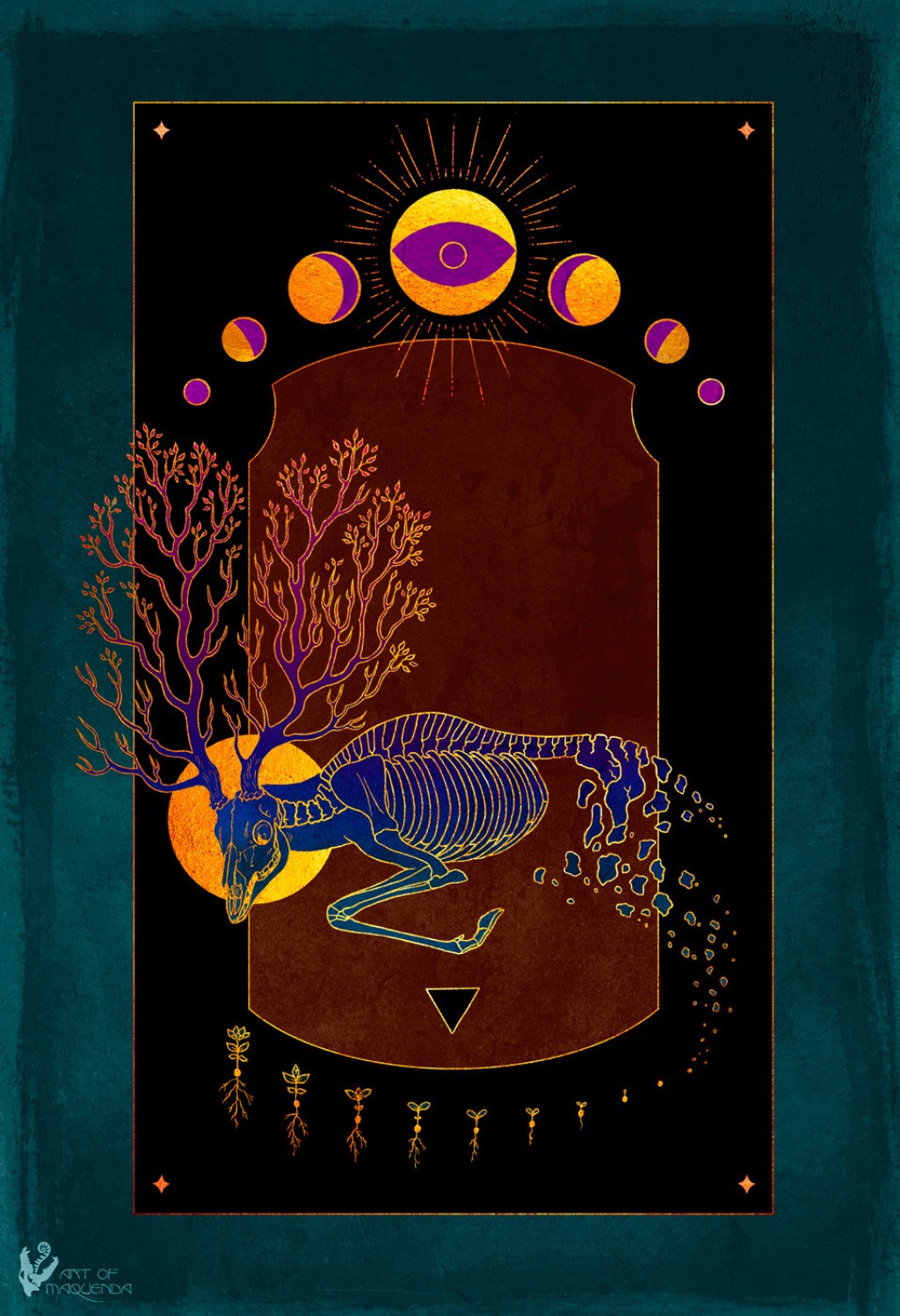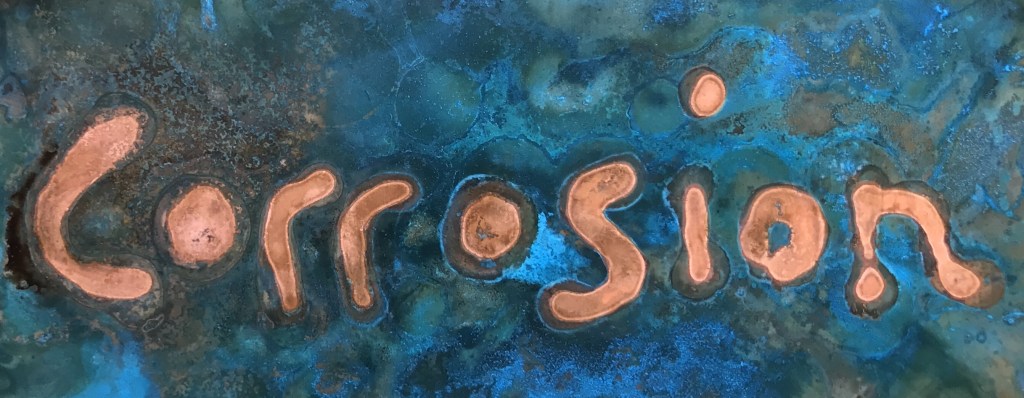Artistic Designs Achieved by Corrosion
Corrosion is often viewed as a destructive force that eats away at metals, leaving behind unsightly rust and decay. However, it is fascinating to discover that the process of corrosion can also evoke beauty and intrigue through its artistic designs. These unexpected patterns and textures created by corrosion have captivated the attention of artists and designers, inspiring a new form of creativity that celebrates the transformative power of decay.
A Unique Blend of Destruction and Creation
What sets artistic designs achieved by corrosion apart is the fusion of destruction and creation. As metals undergo corrosion, they gradually deteriorate, revealing intricate patterns and textures that are formed by the interaction of various elements with the metal surface. These patterns can range from delicate swirls to bold, abstract shapes, creating a visual feast for the eyes.
Artists and designers have recognized the potential of these organic designs, harnessing them to create stunning works of art and unique pieces of furniture, jewelry, and home decor items. By embracing the natural process of decay, they give new life to corroded materials, transforming them into masterpieces that tell a story of resilience and beauty.
The Who, When, Where, and Why of Artistic Designs Achieved by Corrosion

Image Source: tumblr.com
The fascination with artistic designs achieved by corrosion is not limited to a specific group of people or time period. Artists, designers, and even scientists have been drawn to the allure of corrosion as a source of inspiration. Whether it is the work of a contemporary artist experimenting with unconventional materials or a historical artifact showcasing the effects of time, corrosion has the ability to captivate people from all walks of life.
The appeal of artistic designs achieved by corrosion can be found in various locations around the world. From abandoned industrial sites to coastal areas with high humidity levels, these environments provide the perfect conditions for corrosion to take place. The combination of moisture, oxygen, and other elements creates a unique chemical reaction that results in the formation of captivating designs on metal surfaces.
As to why people are drawn to these artistic designs, it can be attributed to the intrinsic beauty found in imperfection and decay. The contrast between the raw, rustic appearance of corroded metal and the refined, curated world of art and design creates a sense of intrigue and curiosity. It challenges our perception of beauty and encourages us to appreciate the unexpected and unconventional.
FAQ: Exploring the World of Artistic Designs Achieved by Corrosion
Q: What types of metals are commonly used in artistic designs achieved by corrosion?

Image Source: wordpress.com
A: A wide range of metals can be used, including iron, steel, copper, and brass. Each metal reacts differently to corrosion, resulting in unique patterns and colors.
Q: How can one achieve artistic designs through corrosion?

Image Source: wordpress.com
A: There are various methods to encourage corrosion and guide its artistic outcome. Some artists use chemical solutions to speed up the process, while others rely on natural environmental conditions to create the desired effects.
Q: Are there any specific requirements for creating artistic designs achieved by corrosion?
A: While corrosion can occur naturally, artists often manipulate the process by controlling factors such as humidity, temperature, and exposure to certain chemicals. These variables contribute to the final outcome of the artistic design.
Q: What are the benefits and disadvantages of using corroded materials in art and design?
A: The benefits of using corroded materials include their unique aesthetic appeal, the sustainability aspect of repurposing discarded metals, and the exploration of unconventional beauty. However, the disadvantage lies in the potential instability of corroded materials, requiring careful preservation and maintenance.
Creating Beauty from Decay: The Pros and Cons
One of the main advantages of artistic designs achieved by corrosion is the ability to create visually striking pieces that stand out from conventional art and design. The texture and patterns created by corrosion bring a sense of depth and character to the artwork, making it truly one-of-a-kind. Additionally, by repurposing corroded materials, artists contribute to sustainable practices by giving new life to discarded metals.
However, there are also challenges associated with using corroded materials in art and design. The instability of corroded metals requires careful handling and preservation to prevent further deterioration. Maintenance and restoration may be necessary to ensure the longevity of the artwork, adding to the overall cost and effort.
A Conclusion: Celebrating the Beauty in Unexpected Places
Artistic designs achieved by corrosion invite us to reevaluate our perception of beauty and find inspiration in unexpected places. The fusion of destruction and creation, the unique blend of textures and patterns, and the celebration of imperfection make this form of art truly captivating. Whether encountered in abandoned industrial sites or incorporated into contemporary designs, the beauty found in the transformative power of corrosion continues to intrigue and inspire artists, designers, and enthusiasts worldwide.